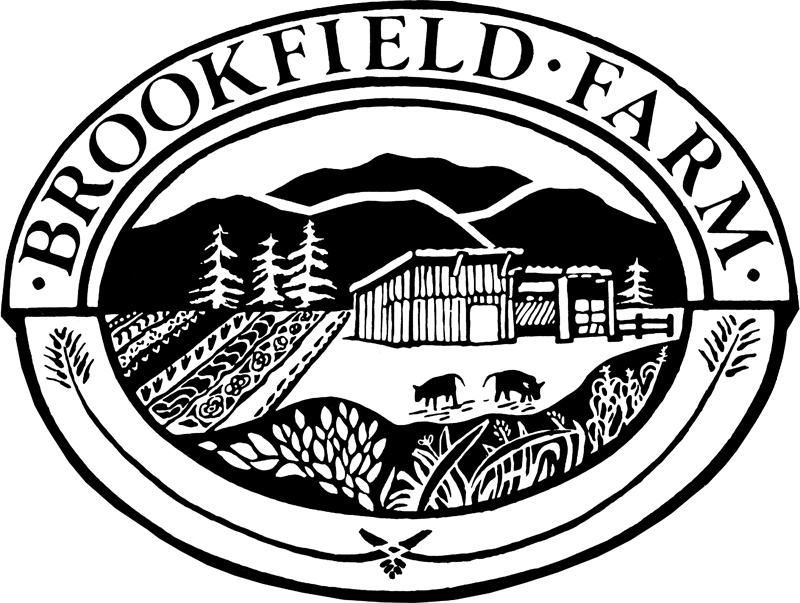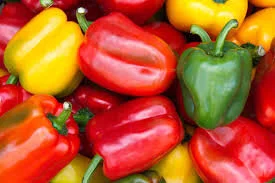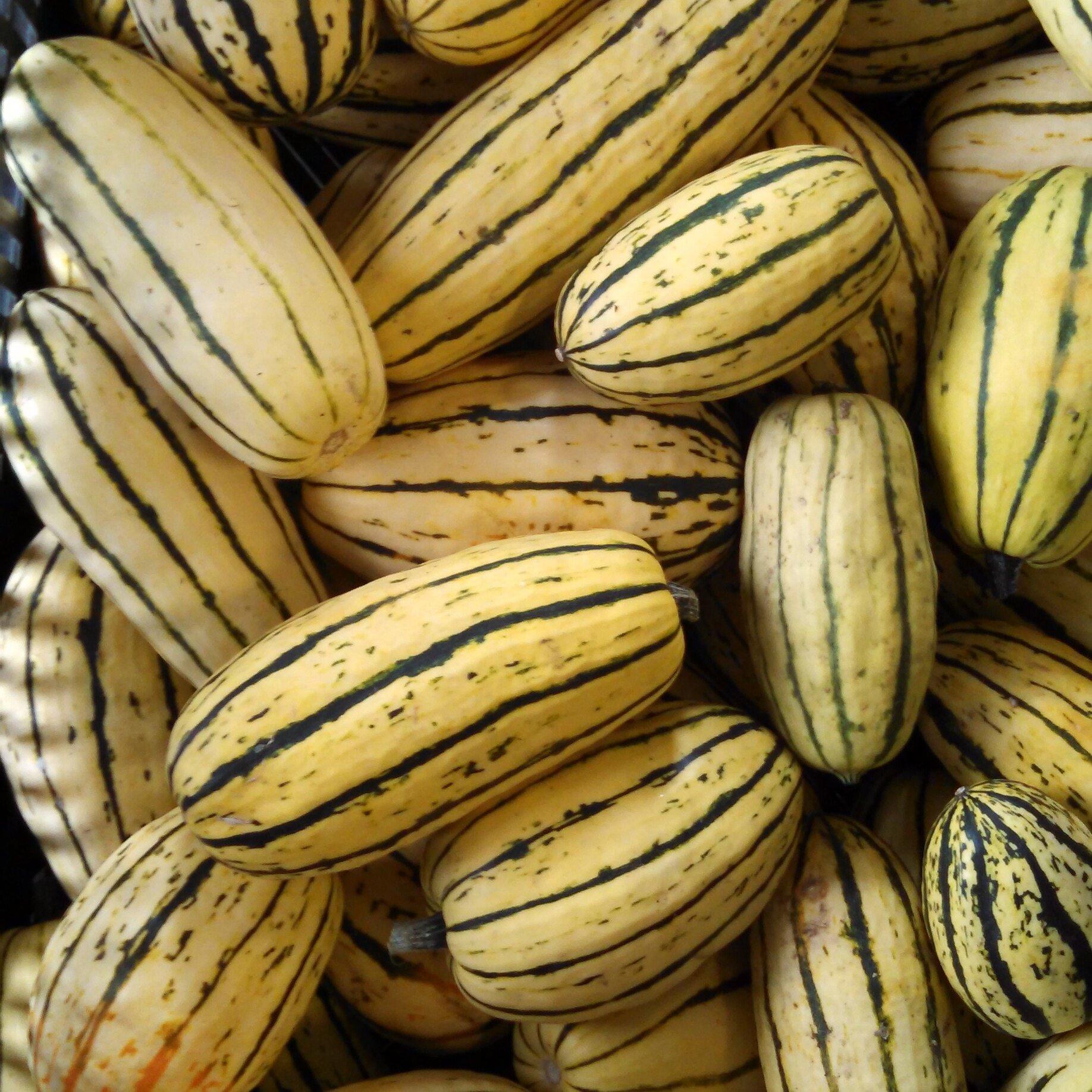Peas
/Peas (pisum sativum)
Peas are most certainly a seasonal treat! Savor them fresh while they last! Peas are as ancient a cultivated food as wheat, barley, and garlic. They have been found in famous excavations dating back to 7000 and 10,000 PC. Perhaps originating in northern India, peas moved to the Near East, the Mediterranean, northern Europe, the British Isles, and England.
Peas have much to offer nutritionally. They are an excellent source of vitamins A, C, K, and the Bs. They are also high in the minerals iron, potassium, and phosphorus. All of this in a high protein, high carbohydrate, high fiber package!
Storage Tips:
Snow, snap, or shelling peas:
Clean peas in cold water and remove stems (or pods for shelling peas). Place into pot of boiling water for 2 minutes. Remove from water and immediately place in cold clean water for 2 minutes. When peas feel cooler remove from water. Shake out water. Place into plastic bag, twist, suck out excess air, twist-tie, and put in the freezer.
When you go to use these in the middle of winter, thaw in the morning to use at night. Slow thawing helps to keep them from getting too mushy. One pint-sized bag of frozen peas will be enough for a meal for 1 - 3 people.



























